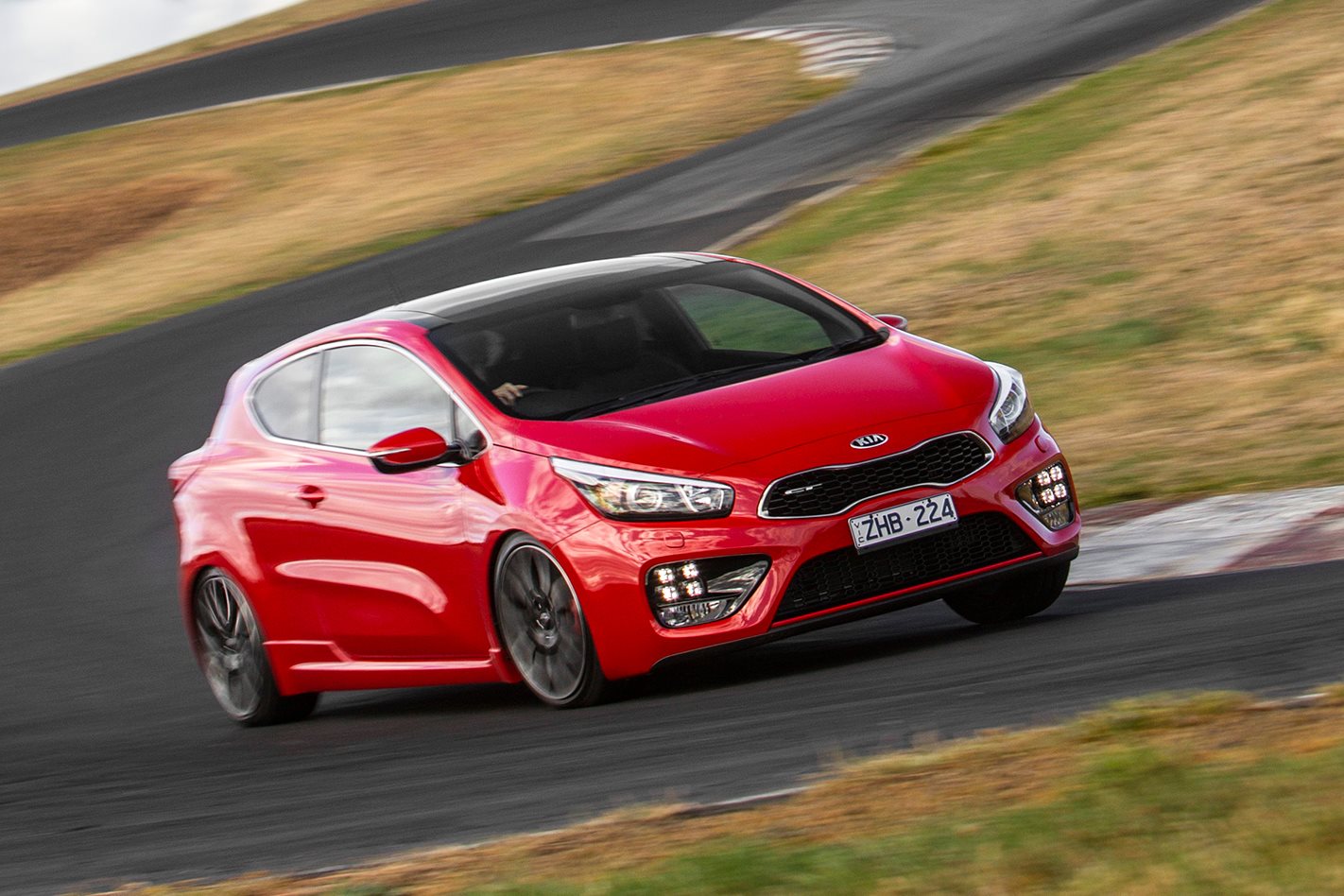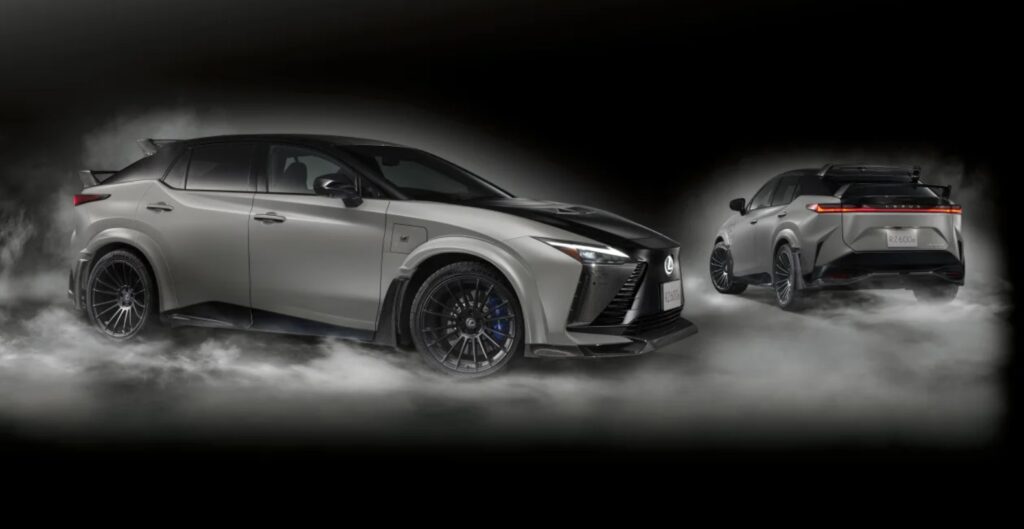THE small local team that develops Kia ride and handling for Australian conditions has received international recognition, with the Korean company’s European division adopting its suspension and steering tune for the facelifted Proceed GT it will launch later this year.
At this stage the only debate is whether the Europeans will take the current Aussie tune, or adopt an update that is incorporated into the turbo three-door’s facelift due for launch here in the fourth quarter.
“We are very happy,” Kia Motors Australia marketing boss Steve Watt told Wheels. “It’s a bit like a journo getting a story picked up and run in a global publication.
“The Euro market tested our steering and suspension in quarter three last year and they did back-to-backs with the car they launched with their own Euro tune. They have now requested to KMC head office that they adopt that tune for Europe.
“If there was a car in the line-up you’d want a tick against your name, that’s the one … it’s a car that as a package drives really well and has a lot of potential to be an enthusiast car.”
Watt wasn’t just spruiking the win as the company’s marketing boss. When he arrived at Kia from Toyota Australia in 2008 he played a key role instigating the local chassis tuning program that has since reached out and touched every model offered in Australia, and is gaining increasing international awareness.
The move has been emulated by local rival (and global parent) Hyundai, although it isn’t claiming any international scalps yet.
The product department at KMAu does the local tuning work in consultation with contracted consultant Graeme Gambold, who worked with Watt at Toyota.
Developing a local tune takes about six months from the time a prototype is first sampled at the Namyang test ground in Korea to being signed off after an intensive local development session on typically rough Australian roads.
Wheels went inside the tuning process for the recently updated Kia Rio. You can read about our verdict on the car here.
Watt explained the Australian tune, which fundamentally delivers a long-legged ride and tighter body control, got the thumbs up in Europe because of the similarity between Australian and UK road conditions.
“The trick is both us and the UK have the phenomena of C and below roads. They are largely winding, patched and covered over again. We are both dealing with the phenomena of relatively high speeds on relatively rough roads. The current UK crew does look to us as another source for the initial setting.
While the Proceed GT tune was a significant win for the Aussies, Watt explained the seven-year old program had achieved more subtle successes that were important beyond Australia.
“Because our demands have always been for harder and stronger parts we are getting more and more tuning parts that are available in the upper end and I think the whole (Kia) world is benefitting from having those parts in the system,” he said.
The local chassis tuning program was started when German Peter Schreyer was leading a design overhaul of the Kia range. Watt and Gambold – who worked together on Toyota’s rally program – wanted to back up the looks with driving substance.
“There needs to be some other elements to your offering you become renowned for (apart from styling),” Watt said. “So the end goal we are looking for is a car that is renowned as good to drive. That doesn’t mean it will always be sporty and pointy. It means whatever job they are designed to do they are a pleasure to drive.”





